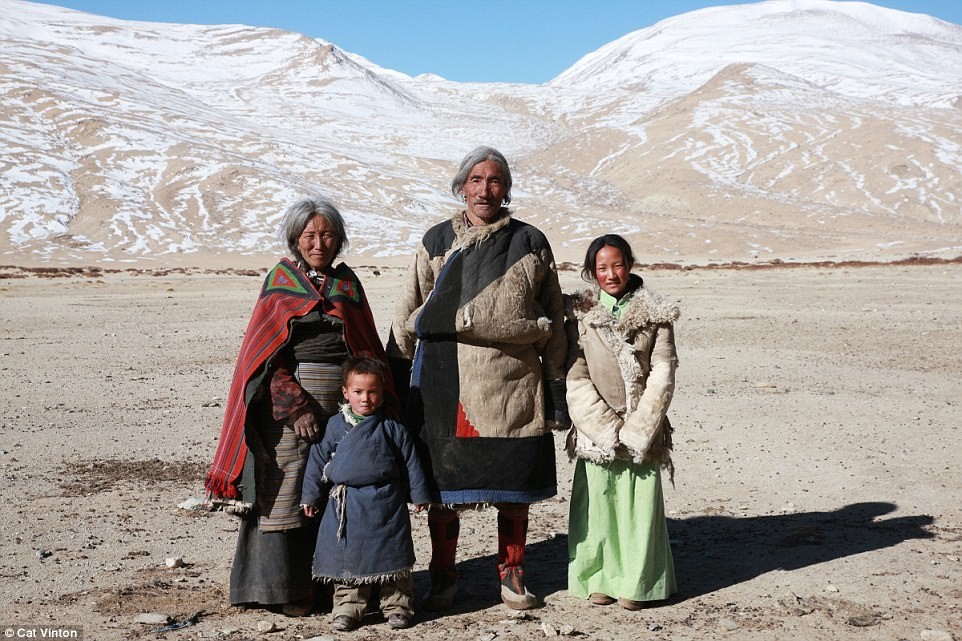Changpa Tribe
Syllabus-Prelims: Indian Geography
Why in news-
- The Changpa nomads are facing challenges due to reported land loss on the border, allegedly caused by Chinese incursion.
- Sonam Wangchuk and the LAB aimed to bring awareness to this issue through a Pashmina border march.
- The march was called off to avoid confrontation with law enforcement agencies after the administration-imposed restrictions.
- The LAB is exploring alternative ways to continue their peaceful protest, such as hunger strikes.
About-
- The Changpa tribe, also known as Champa, are a fascinating group of semi-nomadic people with a unique lifestyle adapted to the harsh environment of the high Himalayas.
Location:
- The Changpa, or Champa, are semi-nomadic people found mainly in the Changtang plateau of southeastern Ladakh.
- Tibet
- A smaller number resides in western Tibet Autonomous Region
- They share linguistic and cultural affinities with Tibetans.
- They are high-altitude pastoralists, raising mainly yaks and goats. They live at an average altitude of 4,500 metresabove sea level.

Lifestyle:
- Semi-nomadic: They follow a seasonal pattern, moving their herds to different pastures throughout the year
- Divided into two sub-groups:
- Phalpa – The nomadic Changpa who live in tents and move with their animals
- Fangpa – The settled Changpa who live in permanent settlements
Livelihood:
- Primarily pastoralists, relying on rearing yaks and goats for their survival
- Famous for breeding Changra goats, known for their production of Pashmina wool, an extremely fine and valuable fiber
Religion and Culture:
- Deeply devoted to Tibetan Buddhism
- Speak Changskhat, a dialect of Tibetan
Challenges:
- The harsh climate and high altitude pose challenges for survival
- Balancing their traditional way of life with modern development pressures
The Changpa people are an essential part of the Changthang ecosystem and their culture is a unique blend of Tibetan traditions and nomadic adaptations.

No Comments